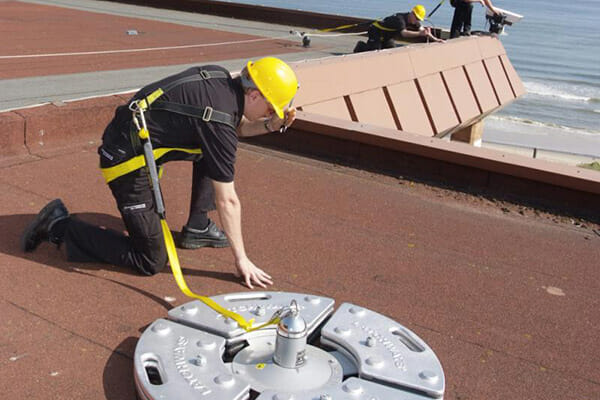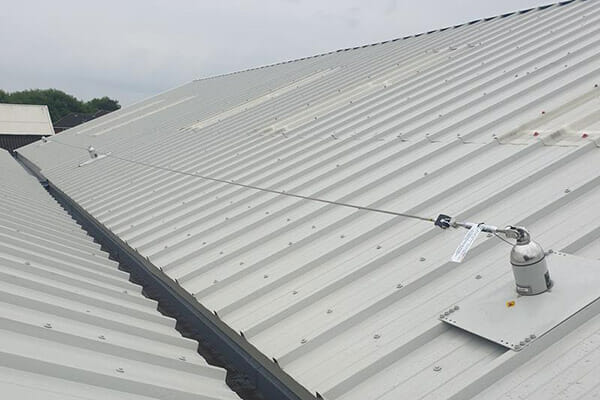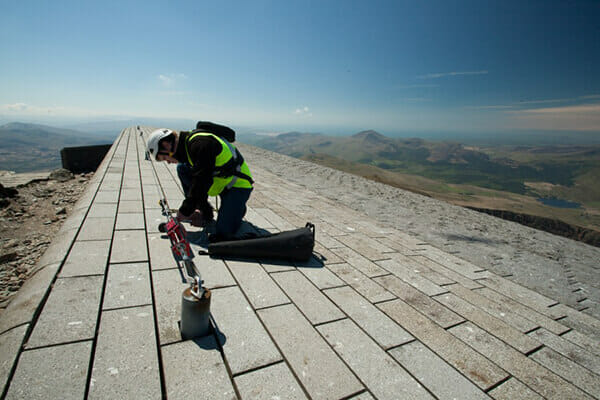🇺🇸 USA Fall Protection Requirements – OSHA & ANSI Overview
In the United States, fall protection is governed primarily by OSHA (Occupational Safety and Health Administration) regulations, supported by ANSI performance standards.
Below is a clear breakdown of the key legal and technical requirements.
OSHA Fall Protection Regulations.
1. OSHA 29 CFR 1910 – General Industry
These regulations apply to fall protection requirements in non-construction environments such as:
- factories
- warehouses
- maintenance operations
- manufacturing facilities
They set minimum requirements for:
- fall arrest systems
- guardrails
- work positioning
- ladders
- walking/working surfaces
2. OSHA 29 CFR 1926 Subpart M – Construction.
These are the primary regulations for fall protection on construction sites.
Subpart M covers:
- fall arrest systems
- safety nets
- guardrails
- scaffold-based work
- roofing and structural work
- leading-edge environments
Both sets of OSHA regulations can be viewed directly on the official OSHA website:
ANSI Fall Protection Standards.
The American National Standards Institute (ANSI) develops voluntary consensus standards for fall protection equipment, testing, and performance.
The main standard is:
ANSI Z359 (“The Fall Protection Code”)
This family of standards outlines:
- personal fall arrest system components
- harness and lanyard performance requirements
- SRL (self-retracting lifeline) criteria
- test methods
- product labelling
- equipment design specifications
- rescue and descent requirements
Are ANSI standards mandatory?
No. ANSI standards are not legally required.
However:
✔ They are typically more rigorous than the minimum OSHA requirements.
✔ Many manufacturers design and test equipment to the ANSI Z359 standard.
✔ They are widely regarded as industry best practice.
✔ Many employers use ANSI compliance as a purchasing benchmark.
In practice, ANSI often serves as the de facto product standard across the fall-protection industry in the United States.
Copies of current ANSI standards are available from:
Summary.
-
OSHA sets the legal minimum requirements for fall protection in both construction and general industry.
-
ANSI Z359 sets the performance and testing standards for fall protection products and systems.
-
While ANSI is voluntary, it is widely adopted, referenced and considered the benchmark for quality and safety.





